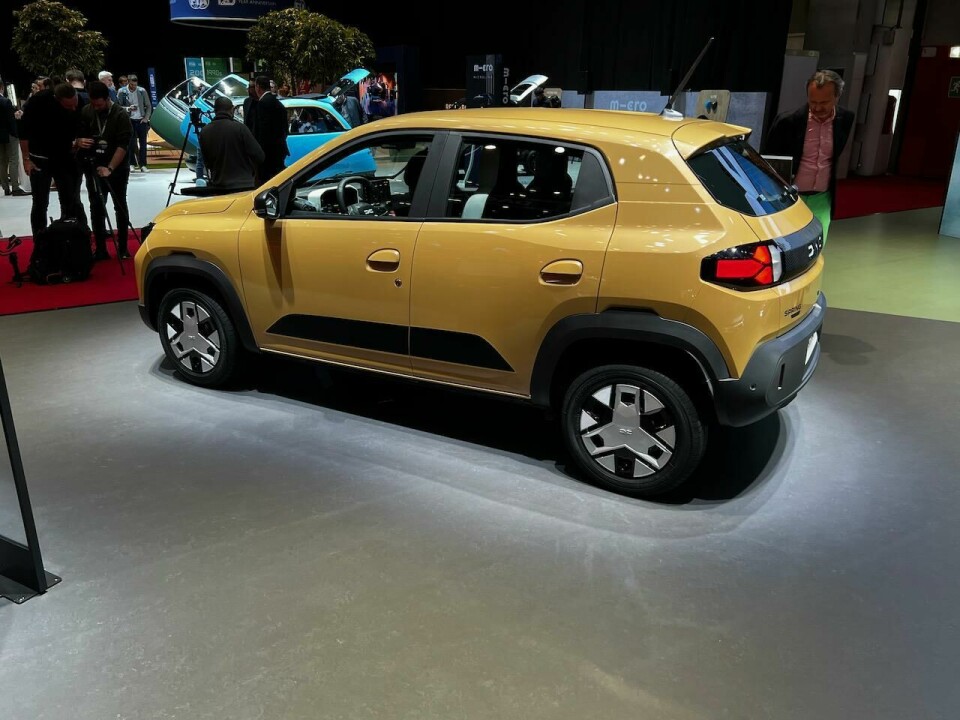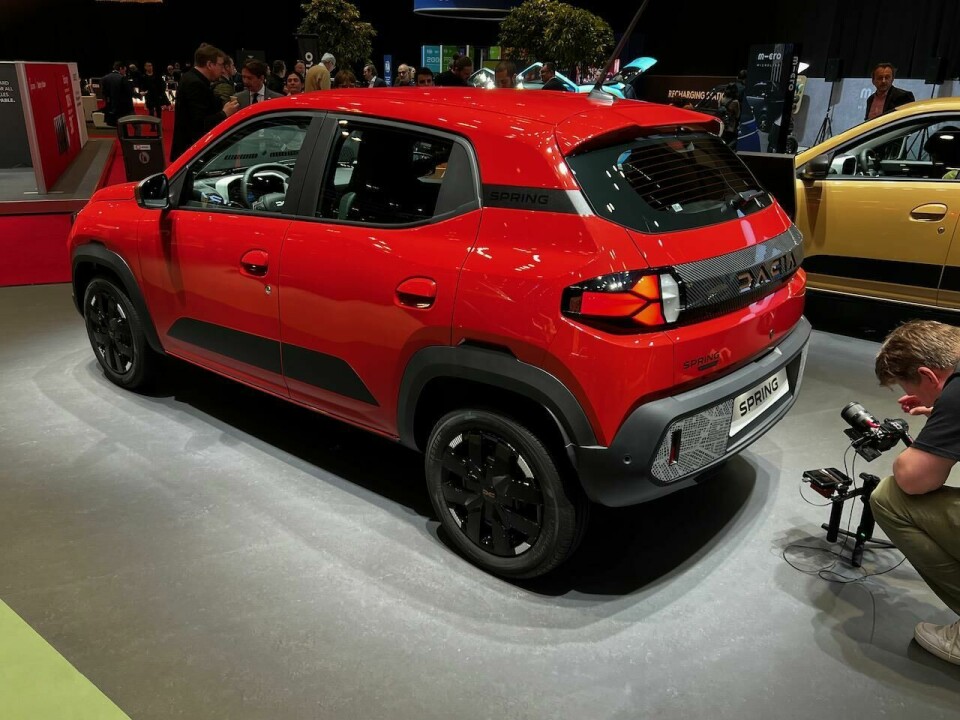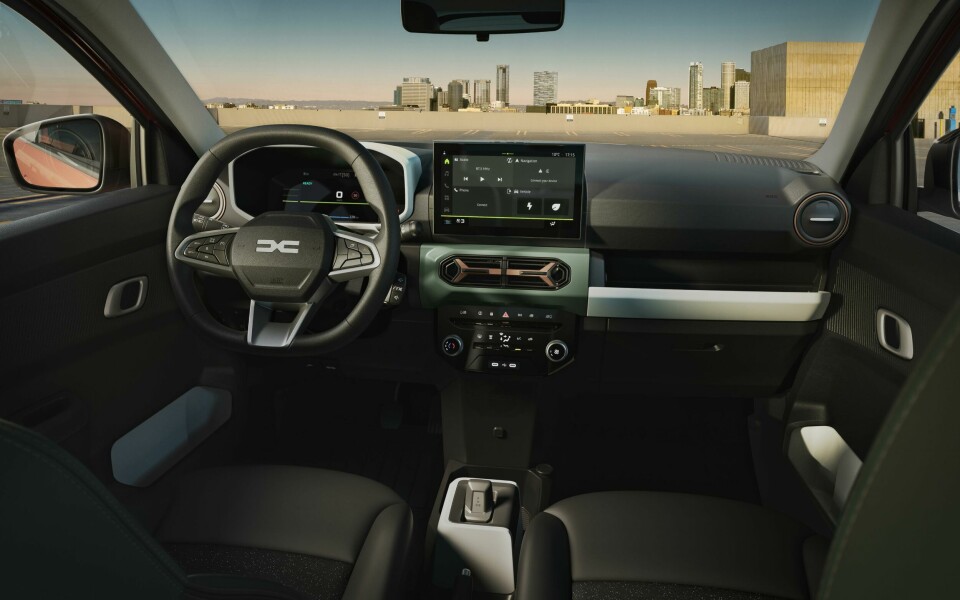
First sight: the new Dacia Spring
The refreshed entry-level electric may be the electric car we need now
Dacia introduced a refreshed Spring minicar at the Geneva Motor Show and it may be the electric car many have been waiting for. But why would an electric econobox be so desirable when high-style electric Porsches, Polestars, Teslas, and others seductively vie for our attention?
More on that in a minute. But first, a summary of the changes in the new model, which, incidentally, is coming to the UK, with orders opening 12 March. Exterior-wise, the Spring receives new sheet metal and fasciae to more closely align it with it larger siblings, the Duster, Jogger and Sandero. This means a more chunky design – not a bad thing, as it reinforces Dacia’s outdoor rugged aesthetic, even though the Spring is meant for the urban jungle, not the Black Forest, or, more to the point, the Carpathians.

The front fascia, in particular, has a more modern and aggressive look and the updated headlights better suit the overall aesthetic. The angular, chunky Dacia badge is also well integrated into this design all around the car. The higher end trim level gets plastic cladding to protect the car from inevitable parking dings, while the front and rear bumpers get a map applique graphic to remind you that the native habitat of Dacia’s baby is the city.
At the interior, the plasticky surfaces get better, more stylish treatment at touch points, although nappa leather territory this certainly is not. The seats get better bolstering for more support, and nice electronics, including a 12 inch touchscreen from the Duster, are available. A lockable glovebox is now available as well.
Performance is, as expected, modest. A 45hp motor is standard, with a 65hp motor available.
But keep in mind that this is the only electric car in Europe that weighs under a tonne, featherweight compared to large electrics, so these motors will perform just fine in city driving. Range is a 143miles (230 km), again, ideal for city travel.
So why might the Spring be the electric car many have been waiting for?
Precisely because it is an econobox, an affordable entry into the world of electric cars and one that allows twenty-somethings (and beyond) an opportunity to buy into the future and still afford a latte and a dream of owning a home without the burden of a grievous monthly car payment. It allows the industry to advance the electric car into a much larger share of the overall auto market, and creates future customers.

A century ago, the Ford Model T introduced a medium-priced car that, as production increased and processes became for streamlined, actually became more affordable, as the price was loweredas the years went on. It was the car that put a nation (and later the world) on wheels. We need an electric car with the same impact for our times. The Dacia Spring, or a car much like it, may just be that car.
And arguments about the shortcomings of the electric charger network may be legitimate, but keep in mind that when the Model T was introduced, there was no fueling infrastructure at all in the United States. That fueling network grew along with the automobile, with the Model T driving the demand.
A chicken-and-egg proposition? Maybe, but Tesla has already shown the way forward – so much so that other OEMs have adopted its charging standard.
At Geneva, Renault Group’s CEO, Luca De Meo, called for an ‘Airbus for small electric cars’, a programme that standardises research and automotive standards across multiple OEMs and national boundaries (recall that Fiat Chrysler’s Sergio Marchionne proposed virtually the same thing a decade ago).
The Dacia Spring and its cousin, the Renault 5 E-Tech, are taking a strong step in that direction. Can a fragmented automotive landscape be united around the electric car? Time will tell. Meantime, Chinese OEMs await at the door.




















